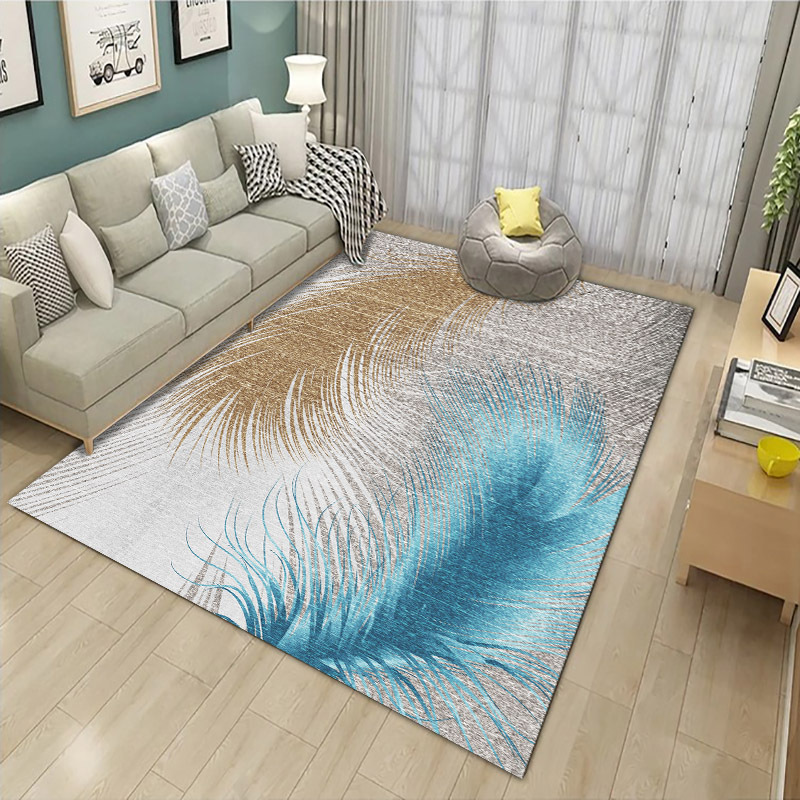Introduction: Living room mats not only add comfort and style to your space but also play a significant role in controlling allergens and improving indoor air quality. Allergens such as dust, pet dander, and pollen can accumulate in carpets and rugs, triggering allergies and respiratory issues. In this blog, we explore the importance of using living room mats for allergen control and how they contribute to a healthier and more breathable living environment.
- Allergen Trapping: Living room mats act as filters, trapping allergens and preventing them from becoming airborne. Regular vacuuming and cleaning of the mats help remove these allergens from your living space.
- Low-Pile and Easy Cleaning: Opt for low-pile living room mats, as they tend to trap fewer allergens compared to high-pile rugs. Additionally, choose mats that are easy to clean, either with a vacuum cleaner or by shaking them outdoors.
- Hypoallergenic Materials: Consider living room mats made from hypoallergenic materials such as natural fibers or synthetic materials designed to repel allergens. These mats are less likely to harbor dust mites and other allergens.
- Frequent Cleaning Routine: Establish a regular cleaning routine for your living room mats, especially if you have pets or family members with allergies. Regular cleaning reduces the buildup of allergens and promotes a healthier living environment.
- Air Purification: Using living room mats in conjunction with air purifiers can significantly improve indoor air quality. Air purifiers help remove allergens from the air, while mats trap them on the floor, creating a cleaner and safer living space.
Conclusion: Living room mats play a vital role in controlling allergens and improving indoor air quality. Opt for low-pile, hypoallergenic mats that are easy to clean and incorporate a regular cleaning routine to minimize allergen accumulation. By taking these steps, you can create a healthier living environment and reduce the risk of allergies and respiratory issues for you and your family.







